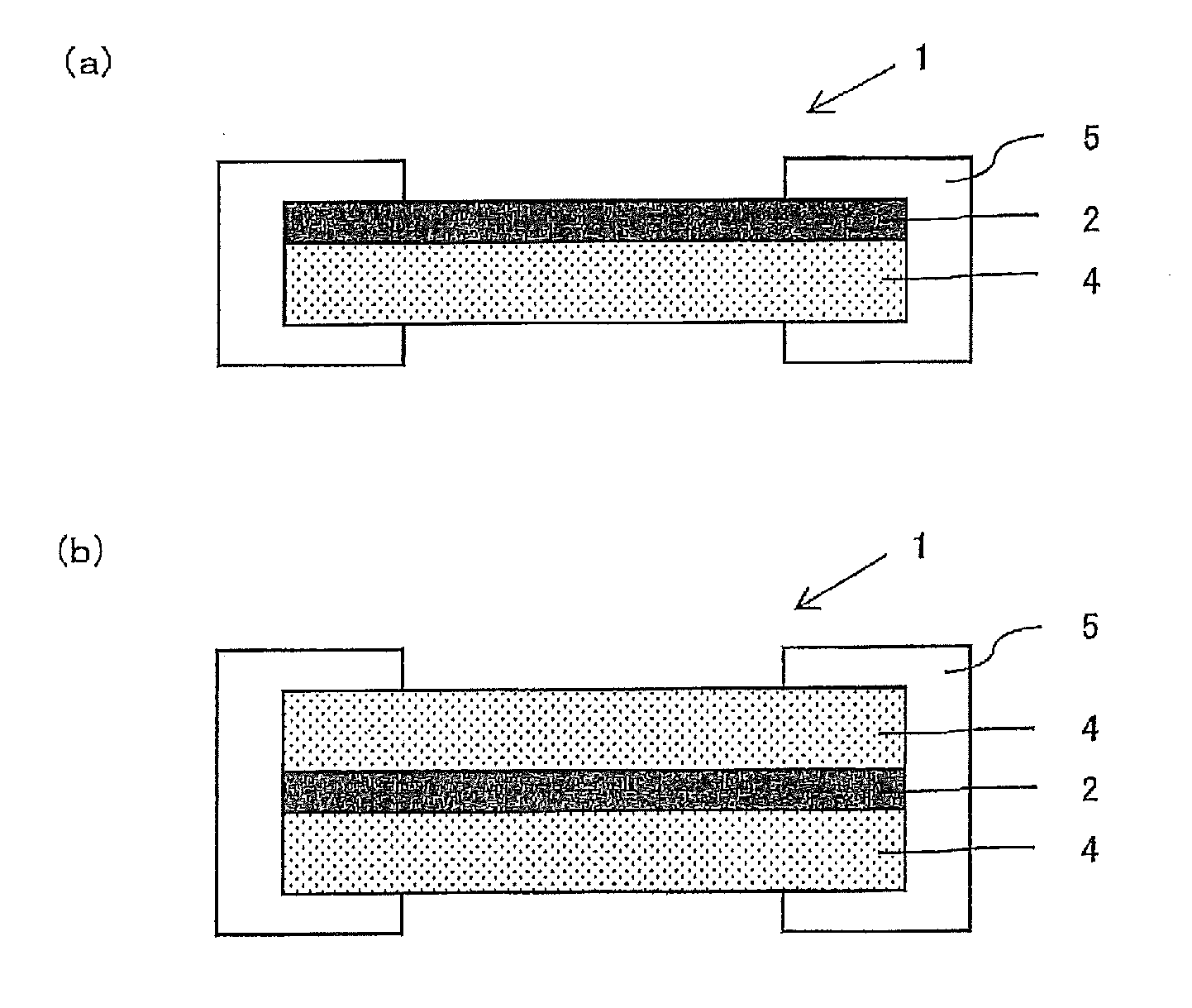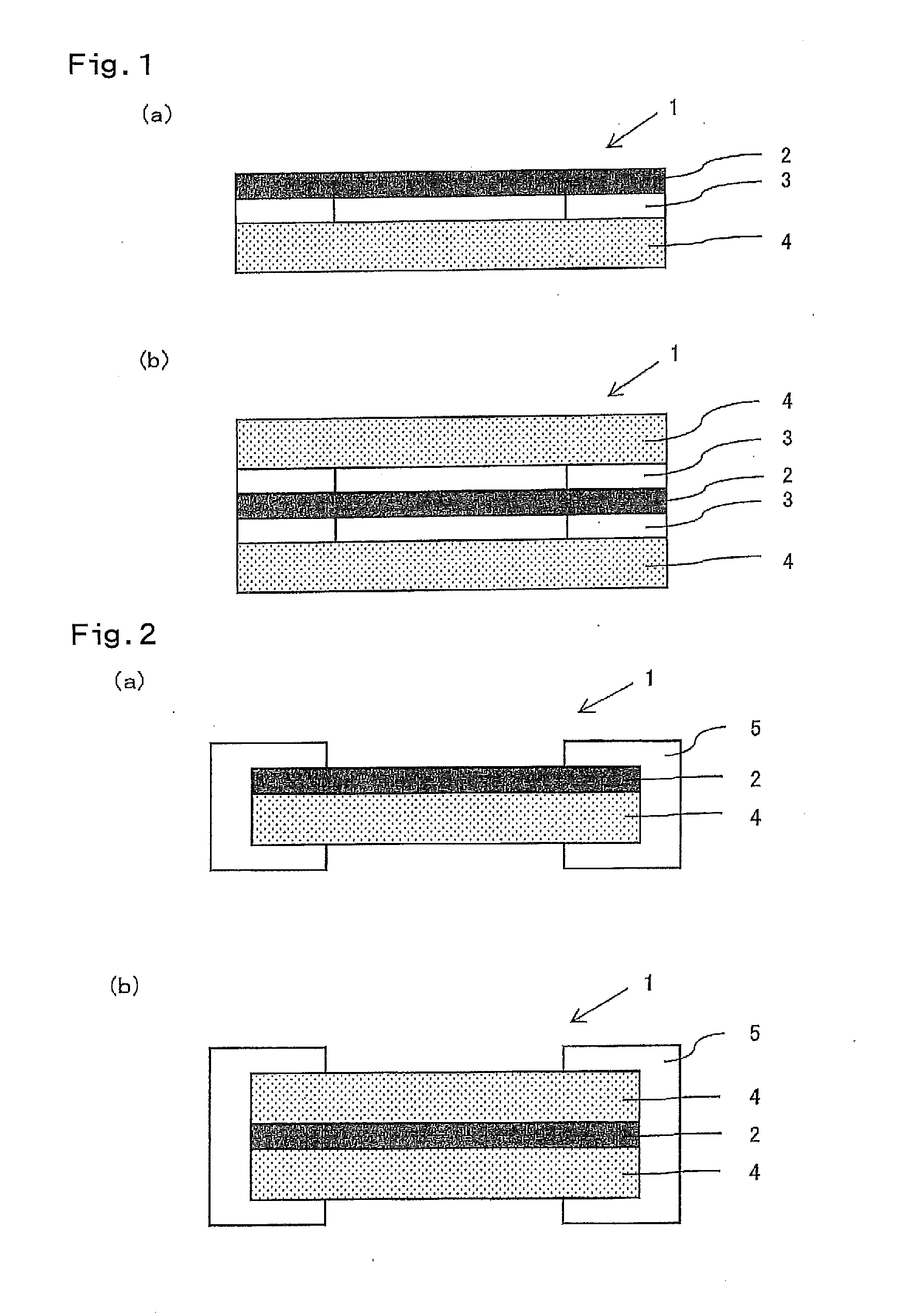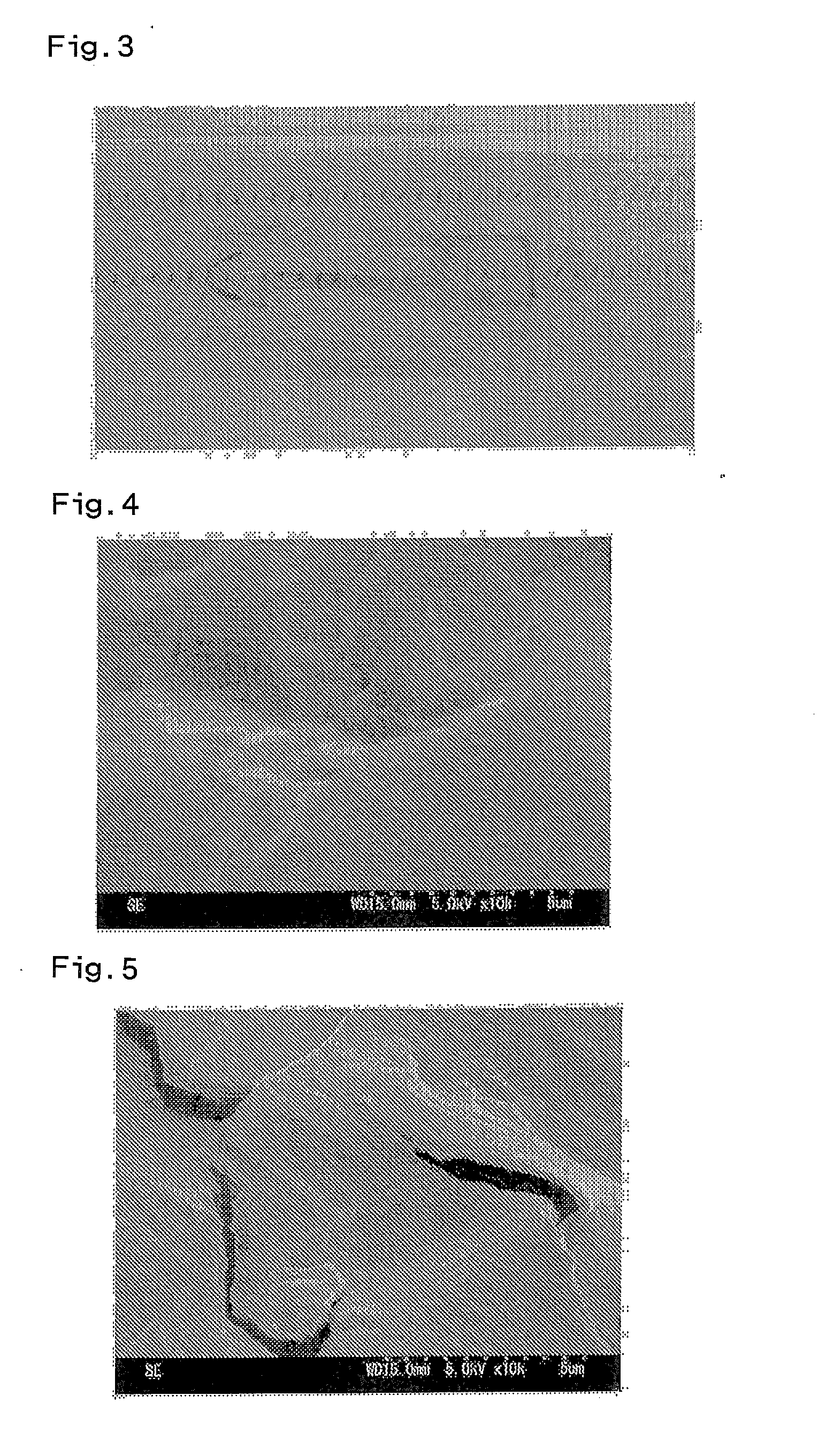Hydrogen-releasing film
- Summary
- Abstract
- Description
- Claims
- Application Information
AI Technical Summary
Benefits of technology
Problems solved by technology
Method used
Image
Examples
example 1
[Preparation of Hydrogen-Releasing Film by Rolling Method (Content of Ag: 40 mol %)]
[0048]The raw materials Pd and Ag were each weighed so that the content of Ag in an ingot became 40 mol %, charged into an arc melting furnace equipped with a water-cooled copper crucible and subjected to arc melting in an Ar gas atmosphere under atmospheric pressure. The obtained button ingot was cold-rolled to a thickness of 5 mm using a two-stage rolling mill having a diameter of 100 mm to obtain a rolled sheet material. Then the rolled sheet material was placed in a glass tube and the both ends of the glass tube were sealed. After reducing the inside pressure of the glass tube to 5×10−4 Pa at room temperature, the temperature was then raised to 700° C. and the glass tube was allowed to stand for 24 hours, followed by cooling to room temperature. By this heat treatment, the segregation of Pd and Ag in the alloy was removed. Then, the sheet material was cold-rolled to 100 μm using a two-stage rolli...
examples 2 to 5
[0049]A hydrogen-releasing film containing Pd—Ag was prepared in the same manner as in Example 1, except that the values described in Table 1 were used. When the hydrogen embrittlement of the hydrogen-releasing film was evaluated in the following manner, appearance changes such as distortion were not observed.
example 6
[Preparation of Hydrogen-Releasing Laminated Film by Sputtering Method (Content of Ag: 40 mol %)]
[0051]A polysulfone porous sheet (pore diameter: 0.001 to 0.02 μm, manufactured by NITTO DENKO CORPORATION) as a support was attached to an RF magnetron sputtering apparatus (manufactured by Sanyu Electron Co., Ltd.) equipped with a Pd—Ag alloy target in which the content of Ag is 40 mol %. Then, after evacuation of air in the sputtering apparatus to 1×10−5 Pa or less, a sputtering current of 4.8 A was applied to the Pd—Ag alloy target for 6 minutes under an Ar gas pressure of 1.0 Pa to form a Pd—Ag alloy film with 0.4 μm thickness (Ag content: 40 mol %) on a polysulfone porous sheet to prepare a hydrogen-releasing laminated film. When the hydrogen-releasing laminated film was evaluated on the hydrogen embrittlement in the following manner, it was found that no cracks were generated on the surface of the film (see FIG. 4).
PUM
| Property | Measurement | Unit |
|---|---|---|
| Pore size | aaaaa | aaaaa |
| Temperature | aaaaa | aaaaa |
| Content | aaaaa | aaaaa |
Abstract
Description
Claims
Application Information
 Login to View More
Login to View More - R&D
- Intellectual Property
- Life Sciences
- Materials
- Tech Scout
- Unparalleled Data Quality
- Higher Quality Content
- 60% Fewer Hallucinations
Browse by: Latest US Patents, China's latest patents, Technical Efficacy Thesaurus, Application Domain, Technology Topic, Popular Technical Reports.
© 2025 PatSnap. All rights reserved.Legal|Privacy policy|Modern Slavery Act Transparency Statement|Sitemap|About US| Contact US: help@patsnap.com



